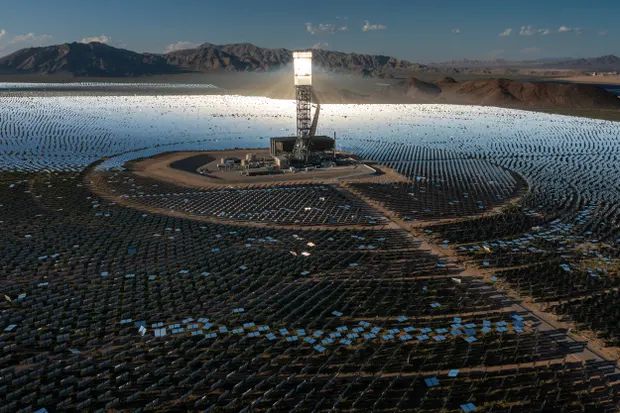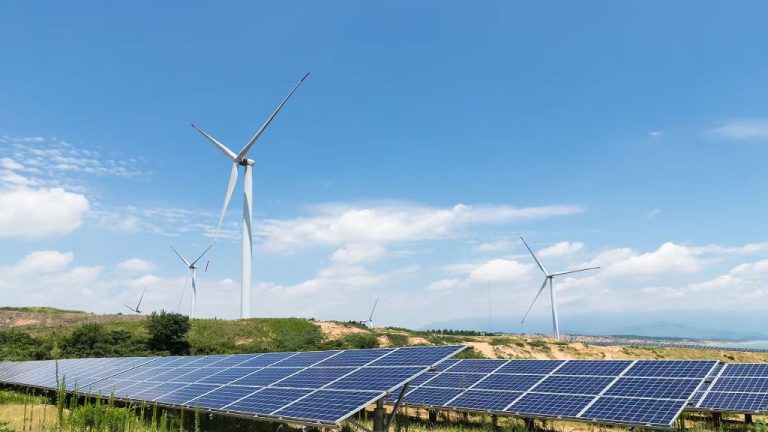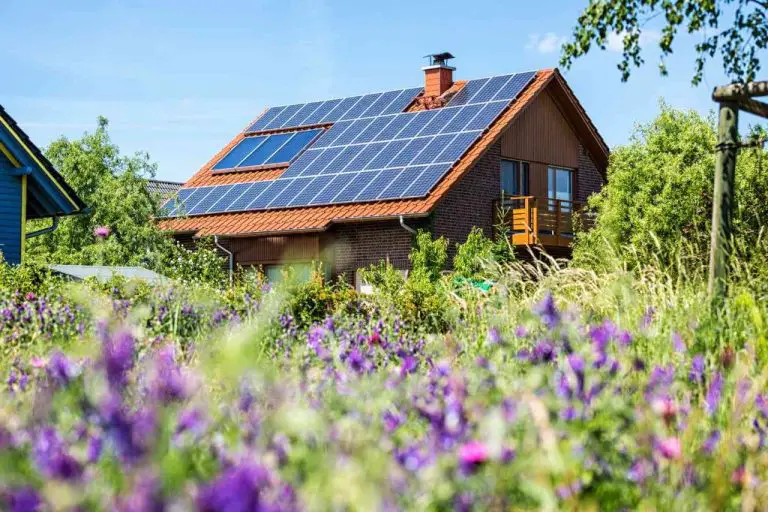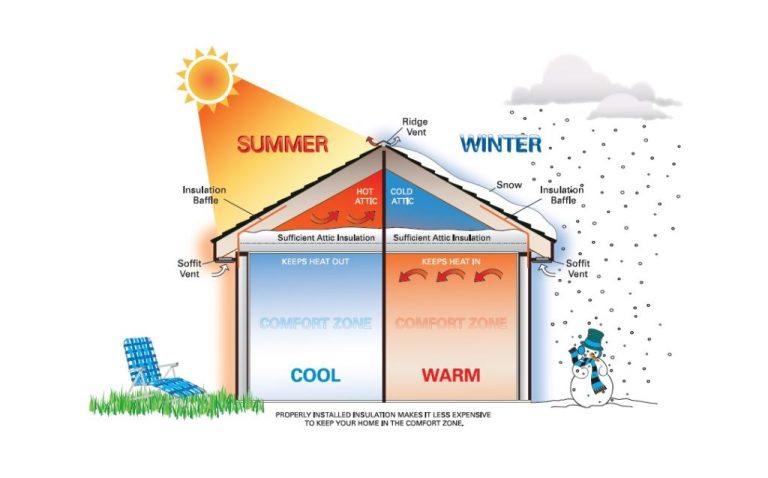What Are The Best States To Go Solar In The Us?
Solar power has seen rapid growth and adoption across the United States in recent years. Favorable economics, environmental benefits, and favorable policies have driven more and more homeowners and businesses to install solar panels. According to one estimate, the amount of solar power capacity in the U.S. has grown over 10 times in the last decade. With federal tax credits, net metering, renewable portfolio standards and other supportive policies, solar power is now cost competitive with fossil fuels in many parts of the country.
Some states have even more abundant solar resources and friendlier policy environments than others. The sunniest states that also offer strong financial incentives, streamlined permitting, and easy grid access are generally the most attractive places for solar panels. This article examines multiple factors to determine the top states for solar power based on solar resource quality and state solar policies. The key factors that make a state most favorable for going solar include high irradiation levels, net metering, strong financial incentives like tax credits and rebates, permitting ease, low installation costs and high electricity prices.
Sunniest States
When it comes to solar power, sunnier states have a clear advantage due to greater solar irradiance. The Southwest region of the United States, including states like Arizona, Nevada, New Mexico, and California, tend to be the sunniest. According to the National Renewable Energy Laboratory’s solar maps, these states have some of the highest levels of solar irradiance in the country.
The sunniest cities in the U.S. based on the average number of sunny days per year are Yuma, AZ (242 days), Las Vegas, NV (234 days), Phoenix, AZ (211 days), Tucson, AZ (209 days), and Reno, NV (208 days). This makes states like Arizona and Nevada very attractive for solar installations.
Other sunbelt states like Texas, Florida, and parts of the Southeast also fare quite well when it comes to daily sunlight. States further north see lower levels of solar irradiance, which can decrease the efficiency and productivity of solar panel systems. However, even less sunny states can still benefit from solar power generation.
State Solar Incentives
State governments use various incentives to encourage residents and businesses to go solar. These include:
- Tax credits – These provide an income tax credit or property tax exemption based on the cost of the solar system.
- Rebates – Upfront cash rebates to partially cover the solar installation costs.
- Net metering – Allows solar customers to get credit for excess electricity sent back to the grid.
- Renewable Energy Credits (RECs) – Solar panel owners earn credits for the renewable energy they produce.
- Low-interest loans – States partner with lenders to provide affordable financing options.
Some states with the best solar incentives include:
- California – Offers both state income tax credits and rebates.
- Massachusetts – Has a generous solar renewable energy credit (SREC) program.
- New York – Provides substantial tax credits in addition to net metering.
- New Jersey – Has strong net metering plus Solar Renewable Energy Certificate (SREC) incentives.
Electricity Prices
States with high electricity rates offer the most potential savings for homeowners who install solar panels. The cost savings come from solar allowing homeowners to reduce the amount of electricity they have to buy from their utility provider. In states with high electricity prices, those savings are maximized.
Some of the states with the highest average retail electricity rates are Hawaii (34.54¢/kWh), Alaska (22.09¢/kWh), Connecticut (21.55¢/kWh), Massachusetts (21.32¢/kWh), Rhode Island (21.07¢/kWh), Vermont (19.75¢/kWh), and California (19.22¢/kWh), according to U.S. government data. Going solar in any of those states can lead to substantial savings on electric bills over time.
For example, Hawaii has the highest electricity prices in the U.S., largely because most of its power still comes from imported petroleum. By installing a rooftop solar system, a Hawaii homeowner could cut their electric bill by 75% or more, saving tens of thousands of dollars over the system’s lifespan. The investment in solar panels pays for itself faster when electricity rates are higher.
Some states like Louisiana (9.35¢/kWh), Idaho (9.91¢/kWh), and Washington (9.42¢/kWh) have lower average electricity costs. The bill savings from solar won’t be as significant in those areas. However, most states still offer a reasonable return on investment over time.
Solar Policy Rankings
When it comes to the best states for solar, it’s important to look at state solar policies and incentives. Advocacy groups like the Solar Energy Industries Association (SEIA) and Environment America publish annual state solar policy rankings and scorecards.
These rankings evaluate states on factors like net metering policies, interconnection standards, renewable portfolio standards, solar carve-outs, solar access laws, solar tax credits and rebates, permitting, and community solar regulations. Based on a composite score across all of these metrics, the top states for solar policy include:
California
New Jersey
New York
Connecticut
Massachusetts
Maryland
Minnesota
Illinois
Nevada
Oregon
These states consistently receive high marks for having robust solar policies that make going solar affordable and accessible. They encourage solar adoption through rebates, tax credits, and incentives, while also setting high renewable energy standards with carve-outs for solar. Permitting and interconnection processes are also streamlined. Community solar and solar access protections enable solar adoption for those who cannot install rooftop panels.
Installation Costs
The cost to install solar panels can vary greatly by state, with factors like labor costs, permits, and incentives affecting the bottom line. According to recent data, the states with the lowest average installation costs per watt are Texas, Florida, South Carolina, Kentucky, and Alabama.
Installation costs are lower in these states for a few key reasons. Labor rates tend to be lower in Southern and Midwestern states compared to coastal areas. Soft costs like permits and fees make up a significant portion of the total price, so states with streamlined solar permitting and interconnection processes have cheaper overall costs. States with high electricity rates and strong financial incentives also bring down out-of-pocket expenses for homeowners.
On the flip side, states like California, New York, and Massachusetts have some of the highest installation costs due to factors like high labor wages, complex permitting requirements, and low electricity prices. However, strong state rebates and tax credits in places like California can offset the higher base costs. Overall, focusing on states with natural advantages like abundant sunshine and minimal red tape is key to finding the most affordable solar installations.
Grid Access
Some states make it easier for homeowners to connect their solar panels to the electrical grid. This is an important consideration since being able to feed excess solar power back into the grid results in energy bill credits and savings. States with good grid access regulations include:
California – Has a solar mandate that requires utilities to streamline the interconnection process. This has opened access to rooftop solar for residents across the state.
New York – Through its Reforming the Energy Vision initiative, the state is working to modernize grid operations and enable distributed energy resources like rooftop solar.
Hawaii – Due to its island location, Hawaii has high electricity costs and has encouraged rooftop solar adoption through grid access policies.
Arizona – Homeowners with rooftop solar can easily connect to the grid through Salt River Project and Arizona Public Service, the state’s major utility companies.
Maryland – Has favorable net metering policies and open grid access through utility companies like Baltimore Gas & Electric, Potomac Edison, and PEPCO.
Streamlined grid interconnection policies make going solar significantly easier and more worthwhile for residents. States that facilitate grid access provide greater incentives for homeowners to adopt rooftop solar.
Permitting & Fees
When installing solar, the permitting process and associated fees can vary widely across different states and municipalities. States and cities with clear solar permitting guidelines and reasonable fee structures make the process much smoother for homeowners.
Some states like California, New York, and Massachusetts have implemented online solar permitting portals to simplify paperwork and approvals. This allows installers to get permits much faster, often instantly or within a few days, without needing to visit local offices and wait in long queues.
Additionally, some municipalities charge excessive solar permitting fees, driving up costs for homeowners. States with low, reasonable flat fees around $100-200 or fees based only on system size make permitting more affordable. In contrast, high fees of $500+ as seen in some cities can deter adoption.
Streamlining solar permitting, reducing soft costs like fees, and standardizing processes across jurisdictions enables more homeowners to go solar with less hassle and costs. Advocacy groups are encouraging more states and cities to implement best practices that ease the challenges of navigating disparate local requirements.
Population Density
Solar power can provide unique benefits for densely populated cities and suburbs. With large populations concentrated in small areas, energy demand is high while roof space is limited. Solar helps maximize clean energy generation using the rooftops that are available.
In crowded neighborhoods, solar also reduces pressure on the local electricity grid. This prevents blackouts and brownouts during times of peak demand, like hot summer days when air conditioner use spikes. Local solar generation means fewer issues with power reliability for homes and businesses.
For suburbs, solar allows homeowners to cut energy bills without any new transmission lines or infrastructure. Suburban sprawl is notoriously hard and expensive to serve with standard electric utilities. Rooftop solar generates energy right where it’s needed most, at the point of consumption. This saves utilities the cost of expanding grid capacity to keep up with population growth.
In urban areas, the high cost of retail electric rates makes solar extremely attractive financially. Plus cities often have programs that make it even more affordable. With the right policies, concentrated populations can become massive centers of clean energy adoption. For individuals and communities alike, solar supports cheaper, cleaner, and more reliable electricity regardless of how densely populated an area might be.
Conclusion
After reviewing the data, the top states for solar in the US based on sunniness, incentives, policy, costs, and other factors are California, Arizona, Nevada, New Mexico, and Florida. However, states like Texas, Utah, Colorado, and North Carolina also rank highly in certain categories.
As solar continues to expand across the country, there are numerous benefits for homeowners, businesses, the environment, and the economy. Wider adoption of rooftop and utility-scale solar can lead to lower electricity bills, reduced fossil fuel usage, job growth, grid resilience, and a cleaner energy mix. With solar costs dropping and many supportive policies in place, the outlook is bright in the top solar states. Homeowners and businesses should evaluate if solar is right for their needs to contribute to a more renewable future.





